How to Make Delicious Edikaikong Soup
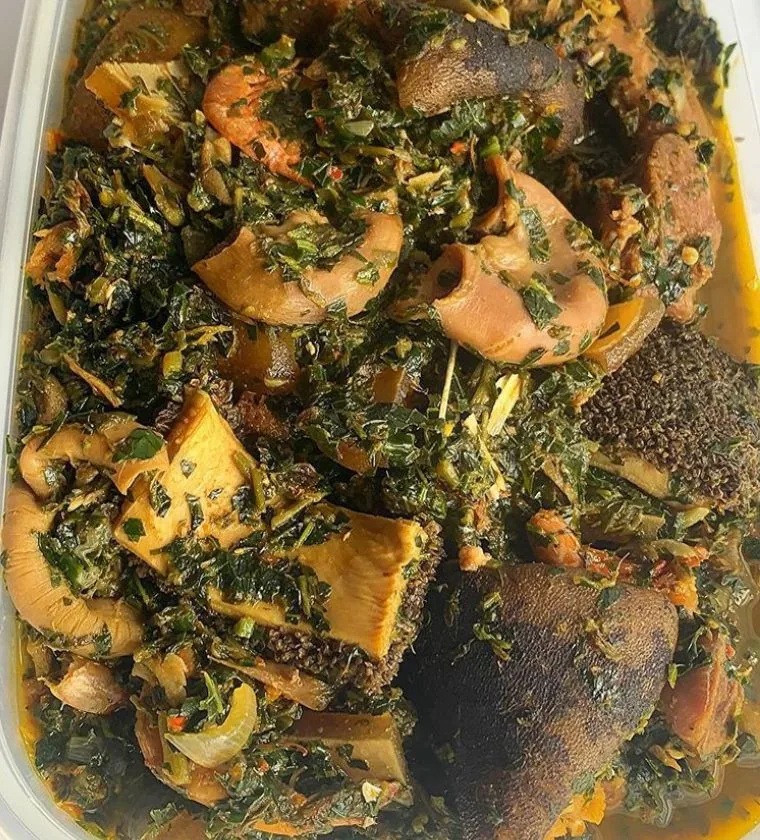
Equipment for Making Edikaikong Soup
| Avail | Jumia | Amazon | Vevor | |
|---|---|---|---|---|
| Blender | Yes | Get It | Get It | Get It |
| Chopping board | Yes | Get It | Get It | |
| Colander | Yes | Get It | Get It | |
| Cooking pot | Yes | Get It | Get It | |
| Knife | Yes | Get It | Get It | |
| Measuring cup | Yes | Get It | Get It | |
| Measuring spoon | Yes | Get It | Get It | |
| Mixing bowl | Yes | Get It | Get It |

How to Make Delicious Edikaikong Soup
Description
Edikaikong Soup, a traditional Nigerian delicacy, embodies a perfect fusion of flavors and textures. This exquisite dish harmonizes the rich taste of assorted meats, the earthy essence of vegetables, and the distinct aroma of traditional spices. Central to its preparation are the vibrant green pumpkin leaves (ugwu), the succulent water leaf, and the slightly bitter undertones of bitter leaf, each contributing a unique character to the soup's profile.
To begin crafting this culinary masterpiece, a medley of ingredients like assorted meats, stockfish, and irreplaceable dry fish form the foundation. The dry fish, with its intense flavor and unique texture, infuses the soup with a depth that defines its authenticity. These elements converge in a meticulous cooking process that involves layering flavors, allowing them to meld into a harmonious union. As the aroma wafts through the kitchen, the promise of a hearty and nourishing meal is undeniable. Let's dive into the art of preparing this quintessential Nigerian delight, the Edikaikong Soup.
Ingredients
Ingredients for Making Edikaikong Soup
Instructions
Procedures for Making Edikaikong Soup
-
Wash the pumpkin leaves (ugwu), water leaf, and bitter leaf (if using) thoroughly under running water to remove any dirt or sand. Chop the pumpkin leaves and water leaf into small pieces. If using a bitter leaf, soak it in water for a few minutes to reduce bitterness, then chop it finely. Set the chopped vegetables aside.
-
Rinse the beef, kpomo, and shaki under running water to remove any debris. In a large pot, add the meats and enough water to cover them. Season with diced onions, salt, and 2 seasoning cubes. Cook the meats over medium heat until they are tender and fully cooked. You can use a pressure cooker to speed up the cooking process.
-
If using dry fish, soak it in warm water for a few minutes to soften it. After soaking, rinse it thoroughly to remove excess salt or sand. If using roasted fish, remove any bones and cut it into smaller pieces.
-
In a separate pot, heat the palm oil over medium heat until it melts. Add the diced onions and sauté until they become translucent.
-
Stir in the crayfish and grounded or fresh pepper into the palm oil and onion mixture. Let them cook for a couple of minutes to release their flavors.
-
Add the Iru or locust beans to the pot and stir. Let it cook for another minute or two to enhance the taste.
-
Pour the cooked meats, including the stock, into the palm oil mixture. Stir well to combine all the ingredients
-
Incorporate the chopped pumpkin leaves, water leaf, and bitter leaf (if using) into the pot. Mix everything thoroughly to ensure the vegetables are well coated with the palm oil mixture.
-
Reduce the heat to low, cover the pot, and let the soup simmer for about 5 to 10 minutes. This allows the flavors to meld, and the vegetables to cook.
-
After simmering, add the periwinkle and the dry fish or roasted fish to the pot. Gently stir to distribute them throughout the soup.
-
Taste the soup and adjust the seasoning, adding more salt and seasoning cubes if needed.
-
Continue simmering the soup for an additional 5 minutes or until the periwinkle and fish are fully heated through
-
Turn off the heat and let the soup sit for a few minutes to allow the flavors to settle. Serve the delicious Edikaikong soup with your preferred accompaniment, such as fufu, pounded yam, or rice.
-
To serve Edikang Ikong, a Nigerian vegetable soup, ladle the rich, leafy mixture of fluted pumpkin leaves and waterleaf with assorted meats into bowls. Accompany it with a side of fufu or rice for a hearty and flavorful dining experience.
Note
Occasions to Serve Edikaikong Soup
It is commonly served during festive celebrations like weddings and cultural events, enhancing the joyous atmosphere with its delicious blend of leafy vegetables and meats. It is also a welcoming dish for special gatherings, symbolizing hospitality and sharing the rich flavors of Nigerian cuisine with honored guests.
How to Store Edikaikong Soup
Allow it to cool to room temperature before transferring it to airtight containers. Refrigerate promptly and consume within 2-3 days, or freeze for longer storage, ensuring it is properly thawed and reheated when ready to be enjoyed again.
You could also check on some of our delicacies, such as, how to make delicious Isapa soup Recipe
Health Benefits of Edikaikong Soup
Edikaikong soup is a versatile dish with numerous health benefits. It aids in digestion and lactation, promotes strong bones, boosts the immune system, serves as a protein supplement, enhances fertility, lowers cholesterol, treats anemia, supports lactation, prevents infections, and maintains bone strength. Bones Strong
Conclusion
The process of making Edikaikong Soup results in a colorful pot full of ethnic diversity. As every component is thoughtfully combined and cooked, the soup develops into a smooth fusion of tastes and textures. Taste and tradition are seamlessly woven together with the inclusion of highly valued ugwu, water leaf, bitter leaf, and unique dry fish to create a dish with deep Nigerian roots. The last ladlefuls reveal a meal that is more than just nourishment—it is an appreciation of the spirit of tradition. The fragrances fill the air.












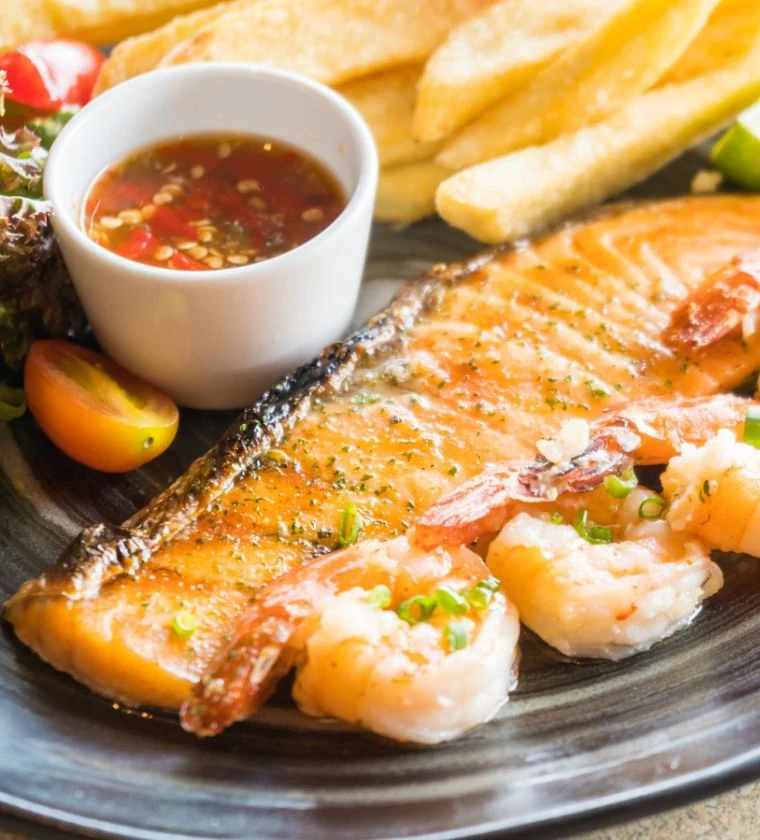



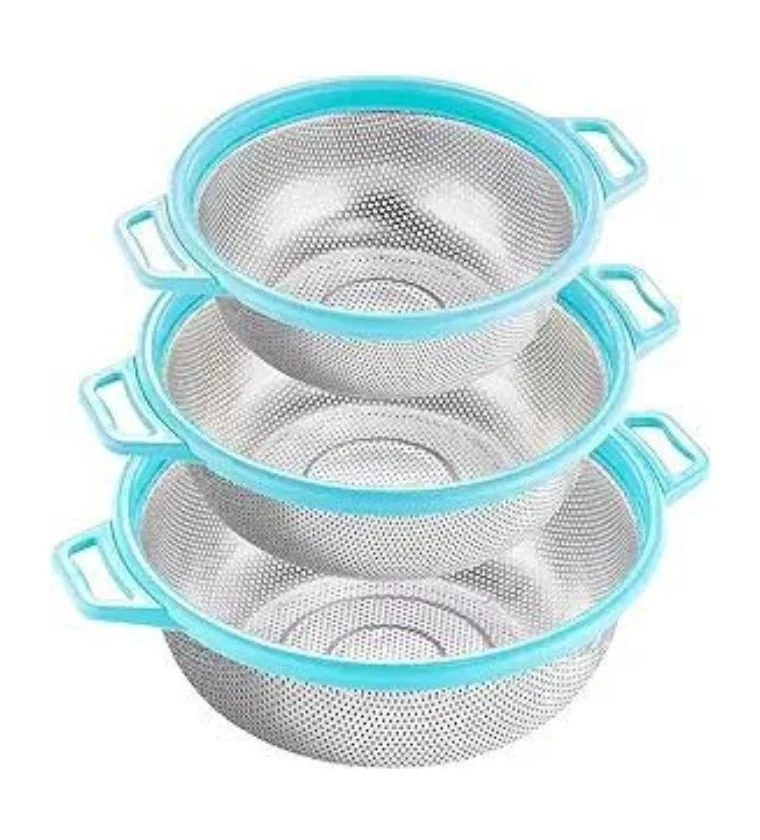

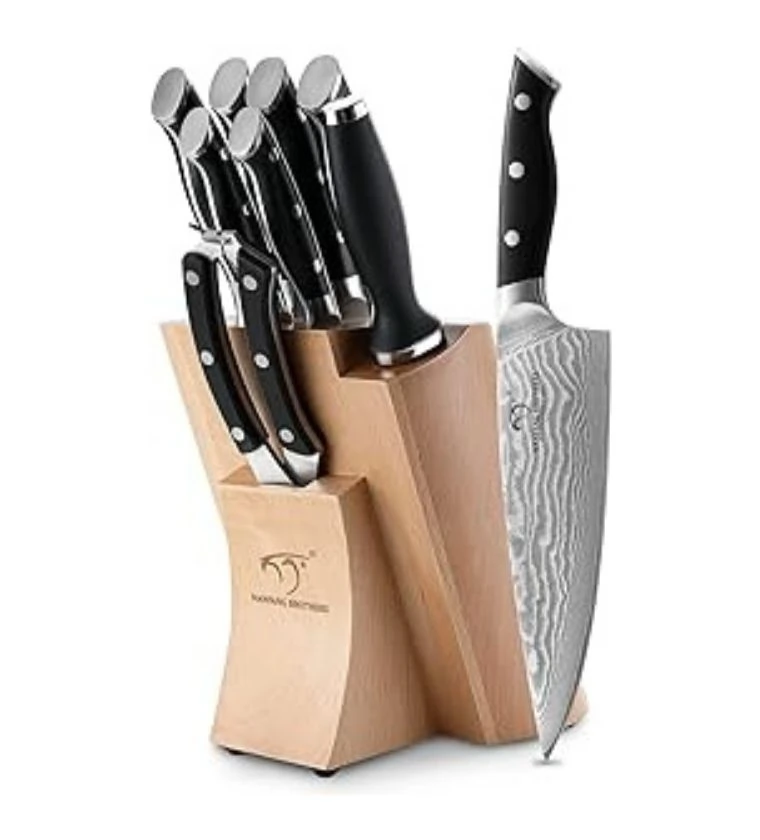


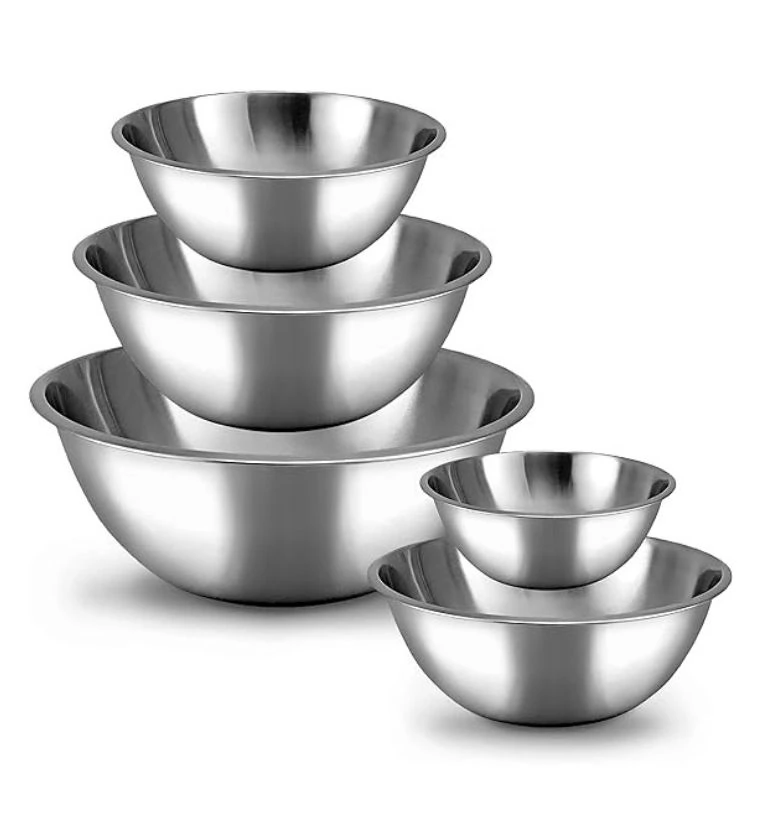



User Reviews